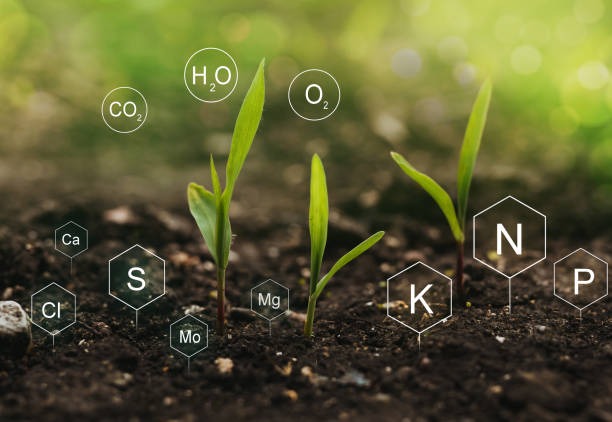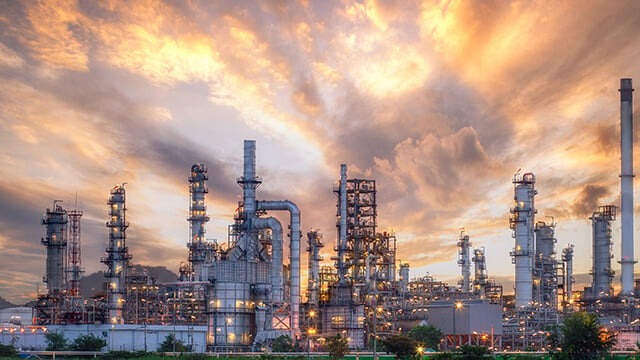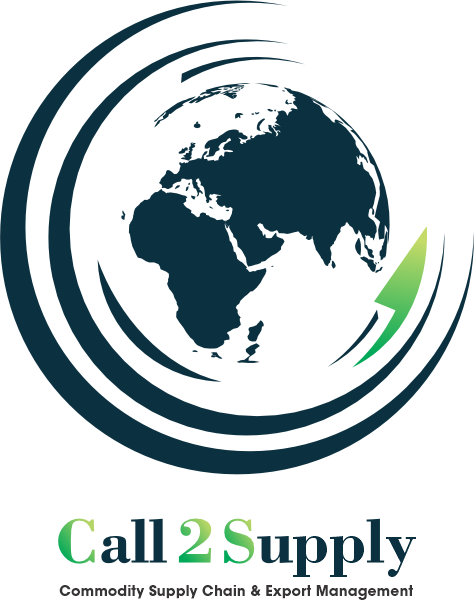The fertilizers market in Iran holds significant importance for the agricultural sector, which remains a crucial component of the country’s economy. With a diverse range of fertilizers produced and utilized within the country, Iran has positioned itself as a key player in the global fertilizers market. This essay delves into the specifics of the Iranian fertilizers market, covering the types of products available, export and import volumes, key partner countries, and future market forecasts. Utilizing SEO strategies, this essay aims to provide comprehensive insights that are easily discoverable and relevant for stakeholders interested in this sector.
1. Overview of the Iranian Fertilizers Market
Iran’s agricultural sector heavily relies on the use of various fertilizers to enhance crop yield and quality. The country’s strategic focus on improving agricultural productivity has led to the development of a robust fertilizers market. Key fertilizers produced and consumed in Iran include nitrogen-based fertilizers (such as urea and ammonium nitrate), phosphate fertilizers, potash, and complex fertilizers that combine multiple nutrients.
1.1 Nitrogen-Based Fertilizers
Nitrogen-based fertilizers are the most widely used in Iran due to their critical role in promoting plant growth. Urea and ammonium nitrate are predominant in this category, with urea being the most significant due to its high nitrogen content and cost-effectiveness.
1.2 Phosphate Fertilizers
Phosphate fertilizers are essential for root development and improving plant resilience. Iran produces significant quantities of phosphate fertilizers, including single superphosphate (SSP) and triple superphosphate (TSP), which are integral to various crops grown in the country.
1.3 Potash Fertilizers
Potash, primarily potassium chloride, is another vital fertilizer used in Iran to enhance crop quality and resistance to diseases. Although Iran’s domestic production of potash is limited, the country imports substantial quantities to meet agricultural demand.
1.4 Complex Fertilizers
Complex fertilizers, such as NPK (nitrogen, phosphorus, potassium) blends, are also used extensively in Iran. These fertilizers provide balanced nutrition to crops, making them highly popular among farmers.
2. Export and Import Volume
The trade volume of fertilizers in Iran is influenced by both domestic production capacities and international trade policies. Iran exports a significant portion of its fertilizers, primarily nitrogen-based ones, while importing others, such as potash, due to limited local production.
2.1 Export Volume
Iran is a notable exporter of urea, leveraging its substantial natural gas reserves to produce this nitrogen-based fertilizer. In recent years, Iran’s urea exports have seen steady growth, with key markets in Asia and Africa. The country’s strategic location and competitive pricing have bolstered its position in the global market.
2.2 Import Volume
While Iran is largely self-sufficient in several types of fertilizers, it imports significant quantities of potash and some phosphate fertilizers. These imports are essential to supplement domestic production and ensure a balanced supply of nutrients for the agricultural sector.
3. Key Partner Countries
Iran’s fertilizers market engages in extensive trade with various countries, both as suppliers and buyers. The key partners vary based on the type of fertilizer being traded.
3.1 Export Partners
For urea and other nitrogen-based fertilizers, Iran’s primary export destinations include India, China, and various African nations. These countries benefit from Iran’s competitive pricing and strategic geographic position, which reduces transportation costs.
3.2 Import Partners
Iran imports potash primarily from countries like Canada and Russia, which are among the largest global producers of this essential nutrient. Additionally, some phosphate fertilizers are imported from countries such as Morocco and Jordan, known for their phosphate rock reserves.
4. Future Market Forecast
The future of Iran’s fertilizers market appears promising, with several factors expected to drive growth and development. These include government policies aimed at boosting agricultural productivity, investments in fertilizer production facilities, and evolving trade dynamics.
4.1 Government Policies and Investments
The Iranian government has implemented various policies to enhance the agricultural sector, including subsidies for fertilizers and investments in production infrastructure. These initiatives are likely to increase domestic fertilizer production and reduce dependency on imports.
4.2 Technological Advancements
Advancements in fertilizer production technology and precision agriculture are expected to boost the efficiency and effectiveness of fertilizer use in Iran. This will not only improve crop yields but also enhance the sustainability of agricultural practices.
4.3 International Trade Dynamics
Global trade dynamics, including sanctions and geopolitical developments, will continue to influence Iran’s fertilizers market. However, Iran’s strategic alliances and efforts to diversify trade partners are likely to mitigate adverse impacts and sustain export growth.
Conclusion
In conclusion, the fertilizers market in Iran plays a pivotal role in supporting the country’s agricultural sector. With a diverse range of fertilizers produced domestically and traded internationally, Iran has established itself as a significant player in the global market. The countries strategic focus on enhancing agricultural productivity, coupled with government policies and investments, is expected to drive the future growth of the fertilizers market. By leveraging SEO strategies, this comprehensive analysis aims to provide valuable insights and information for stakeholders interested in Iran’s fertilizers market.




